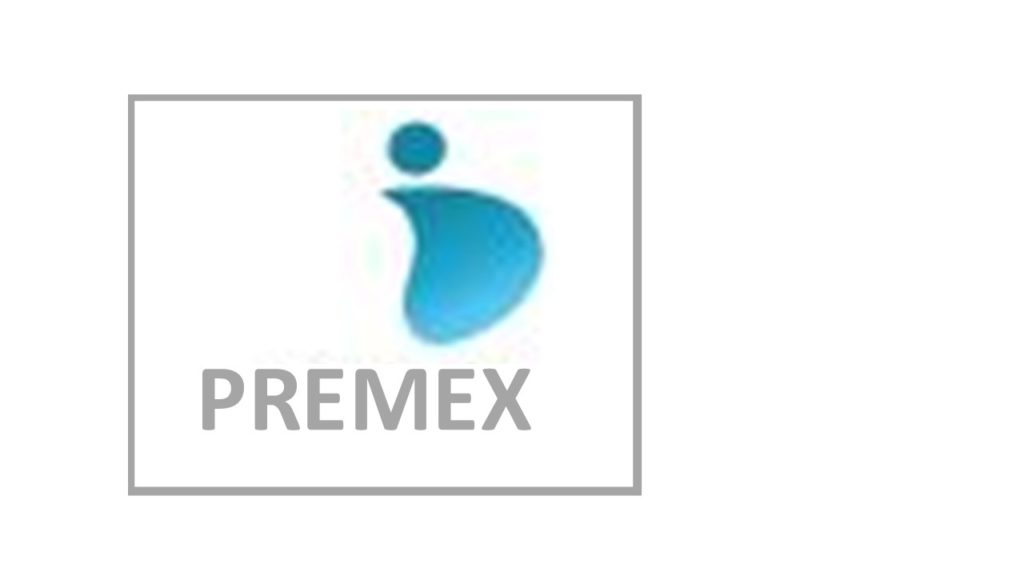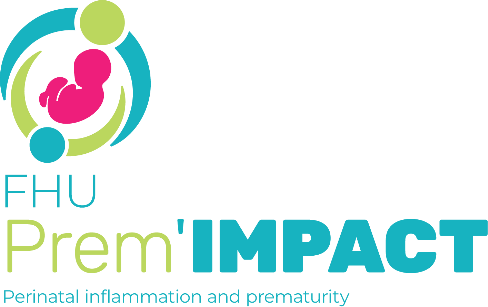
Principal Investigator : Pr François GOFFINET Maternité de Port-Royal, APHP.centre, Hôpital Cochin
Scientific director : Pierre-Henri Jarreau, service de Médecine et Réanimation néonatales de Port-Royal, APHP.centre, Hôpital Cochin
Sponsor : Assistance Publique – Hôpitaux de Paris
Funding source : Ministry of Health
Improve the survival without morbidity of extremely preterm infants: A stepped-wedge cluster-randomized trial
Scientific justification
| Extremely preterm infants, those born between 22 and 26 weeks of gestation, are at very high risk of neonatal death, severe morbidity, and disabilities. These children’s survival basically depends on the obstetric-pediatric team’s willingness to provide active care. In France, practices vary strongly according to the child’s place of birth. The rates of active antenatal care (reflects the intention to manage the child actively at birth), standardized by gestational age, vary from 22% to 61% between regions. One of the consequences of this heterogeneity is that the survival rate in France of these extremely premature infants is much lower than that of countries offering similar levels of care. Among the children live-born in France, survival rates at hospital discharge were 0% at 22 weeks, 1% at 23, 31% at 24, 59% at 25, and 75% at 26 weeks. Survival in the USA, Great Britain, Japan, Australia, and Sweden ranges from 10 to 50% higher than in France. The great variability of antenatal practices for the management of extremely preterm infants reflects the disarray of medical teams. In the absence of consensus and written decision-making processes, this uncertainty culminates in management decisions based at best on local habits and at worst on the individual habits of the clinician present. These habits vary with the physicians’ beliefs or convictions, and their level of knowledge and experience of extremely preterm births. This variability of practices between hospitals presents a problem of equity. Our hypothesis is that standardization of the management of extremely preterm infants, from the moment that the pregnant woman is hospitalized until the child’s birth should improve survival without severe morbidity in this group of children at very high risk. |
Principal Objective
To evaluate the impact of an intervention to standardize the perinatal management of extremely preterm infants on the child’s survival without severe morbidity at hospital discharge.
Secondary objectives
- Survival at hospital discharge
- Neurodevelopmental status at the corrected age of 2 years
- Medical economics: Incremental cost-effectiveness ratio in cost/life saved and severe morbidity avoided
- Parents’ experience
- Medical practices: corticosteroid therapy, cesarean for fetal indications, birth in a level-3 hospital, magnesium sulfate administration
- Parents’ implication in neonatal individualized developmental care.
Experimental design
Stepped-wedge cluster-randomized trial.
Population concerned
Women hospitalized between 22 and 26 weeks of gestation at risk of preterm delivery
Children born between 22 and 26 weeks—live-births and stillbirths.
Procedures or Product that is the object of the study
Complex intervention, named the EXPRIM protocol, for “EXtrem PRematurity Innovative Management,” aimed at standardizing the organization of care. It is based on the following principles:
- A collective obstetric-pediatric prognostic assessment, in a non-emergency setting, no longer based only on gestational age, and ensuring better team consistency in terms of the attitude to propose to parents;
- A consensus decision by the multidisciplinary team about the obstetric and neonatal management proposed—either active or palliative care—at the conclusion of this prognostic evaluation
- An interview with the parents to:
- inform them about the obstetric situation and the child’s prognosis
- answer their questions
- propose either active or palliative care to them as management
- and then ask their opinion.
- The administration of corticosteroid therapy, independently of the decision about management (active or palliative care), starting at 23 weeks will be of broad indication
If the hospitalization takes place in a level-1 or 2 hospital: after general information about preterm delivery, a proposal to transfer the woman to the perinatal network’s level-3 hospital, starting at 23 weeks.
Comparison group
Usual management.
Benefits expected for the participants and for society
Improvement of the health of extremely preterm infants and, if the intervention shows that it is effective, equitable access to care according to place of birth in France.
Practical organization
| The choice of a stepped-wedge cluster randomization design allows all perinatal networks to implement the intervention. After the random drawing of clusters for the intervention, the teams will be trained in the EXPRIM protocol and then will undergo a 3-month transition period (not considered either a control or intervention period) to learn the protocol thoroughly. The data collected during this period will not be used in the analysis. In summary, the 3 stages before recruitment during the intervention are: 1) allocation of clusters 2) training of perinatal teams 3) transition period After random drawing, 5 perinatal networks will be allocated to the intervention in 5 waves every 3 months, with 3 months of recruitment for the last wave. Twenty perinatal networks will be randomized and will participate in the trial with a total recruitment period of 21 months (including the 3-month transition periods). Overall, the duration of the study at each center will be 49 months. All perinatal networks will have a period with and without the intervention and will participate in the comparison accordingly. After 15 months all the networks will have begun the intervention. |
Sample size
2377 children including 1246 stillbirths and medical terminations of pregnancy, 278 who die at birth and 968 live-born children admitted to the NICU.
Number of centers
Nationwide study : 24 perinatal networksand 34 a level-3 hospital, overall 280 maternity units.
Trial schedule
- Duration of inclusion: 21 months
- Duration of participation (treatment + follow-up): 28 months
- Total duration: 49 months
Avancement
A total of 1583 patients and 1777 children were included (1130 live neonates admitted to neonatal intensive care, 68% of whom were discharged alive from neonatology).
Follow-up of children at 2 years of age began on September 8, 2024. Parents are very supportive of this follow-up.
As of April 1st, 2025, 99 parent questionnaires had been completed/132 expected, i.e. 75%, and 60 doctor questionnaires completed/132 expected, i.e. 45%.
